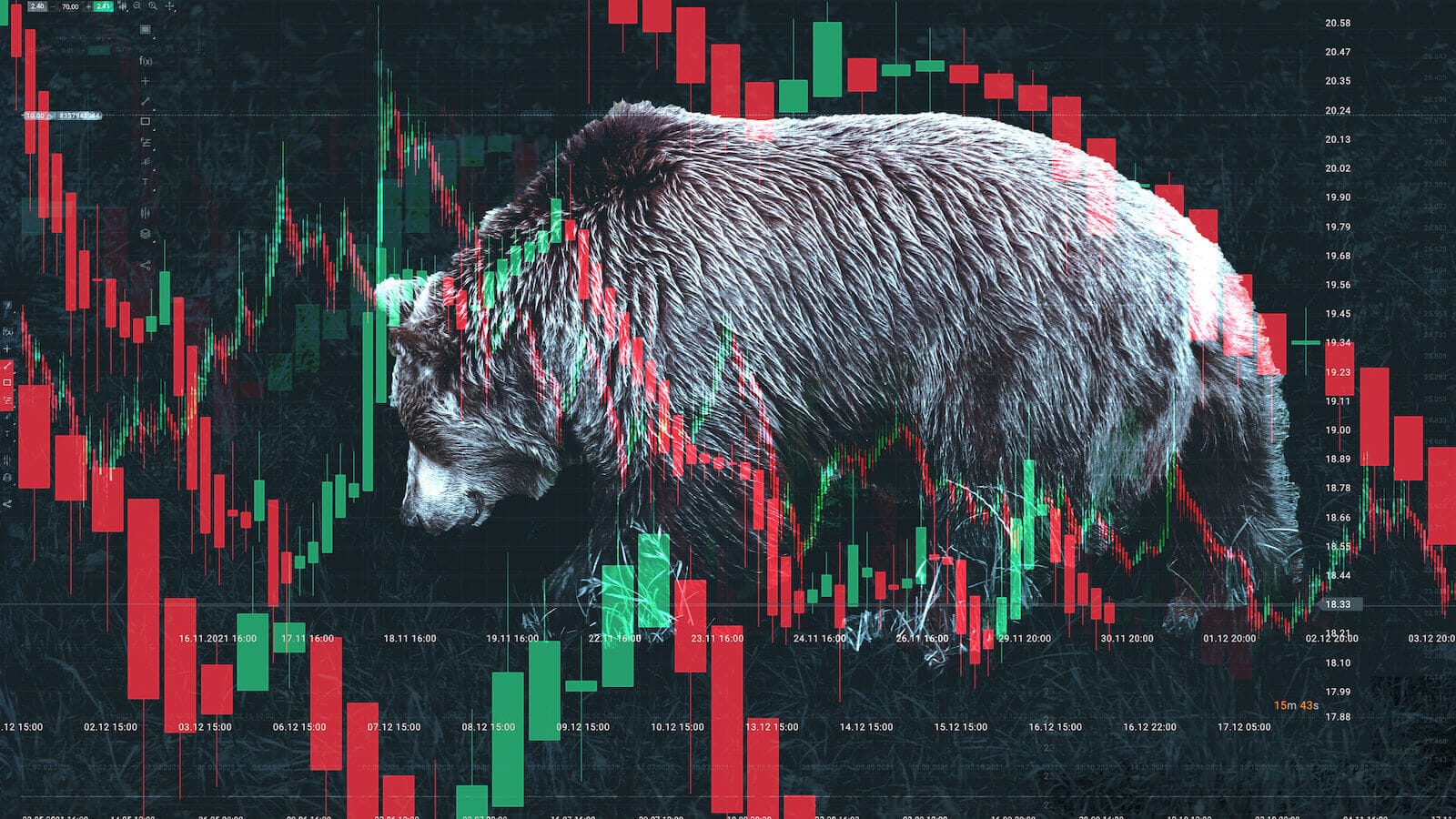FALLING DOLLAR BOOSTS COMMODITIES -- AS A RESULT, BOND YIELDS EXCEED 200-DAY AVERAGE -- 2007 STOCK LEADERS SHOW TREND TOWARD INFLATION AND DEFENSIVE STOCKS AS THREAT OF STAGFLATION GROWS -- FOLLOW THE LEADERS
DOLLAR INDEX HITS TWO-YEAR LOW... The threat of a slowing U.S. economy (combined with stronger foreign economies) continues to weigh on the dollar. The weekly bars in Chart 1 show that the US Dollar Index (which measures the dollar against six foreign currencies) fell this week to the lowest level since the start of 2005. Last week, I pointed out that the 80 level represents an all-time low for the USD going all the way back to the 1990s. It looks like that long-term support level is going to be tested. Two groups that benefit from a falling dollar are commodities (which rose this week) and foreign stock markets (most of which hit new highs). One potential casualty of rising inflation pressures is the bond market. Historically, the inflationary implications of rising commodities start to pull bond yields higher (and bond prices lower). We may be seeing the start of that upward trend.

Chart 1
BOND YIELDS EXCEED 200-DAY AVERAGE ... Bond yields jumped early in the week in a delayed reaction to the previous Friday's unexpectedly strong jobs report. That can be seen in the upward gap on the 10-year Treasury Note Yield this past Monday. A big jump in import prices and the PPI late in the week pushed the TNX to the highest level in two months to end the week north of its 200-day moving average. Part of the reason for the jump in yields is diminishing hope for any Fed easing (and new fears of a possible tightening). That's bad for bond prices which fall when yields rise. Rising bond yields also explain the weak performance of financial stocks which have been the year's weakest market group. Financial stocks are usually the first to weaken when bond yields start to rise. Housing is also especially sensitive to rising mortgage rates which will follow bond yields higher.

Chart 2
YTD ROTATIONS SHOW INFLATION CONCERNS ... I invite you to take a look at "John's Latest Performance Chart" which I posted earlier today. On it, you'll see a very definite trend toward inflation-sensitive stocks as well as defensive stocks. Three of the top performers year-to-date are Materials (12%), Energy (+7.5%), and Precious Metals (+3.3). Those numbers compare with an S&P 500 gain of 2.4% so far in 2007. The three other top groups are defensive in nature and include Utilities (11%), Healthcare (6%), and Consumer Staples. Within Healthcare, the two top groups are Biotech (+6.5) and Pharmaceuticals (+5%). The two weakest groups were Homebuilders (-7.5%) and Financials (-2.8%). [Chart 3 shows two of the 2007 leaders (Energy and Healthcare) and two of the weakest (Financials and Housing)]. That's the exact alignment one would expect to see in a market that's concerned about rising inflation pressures and a potential economic slowdown accompanied by rising interest rates.

Chart 3
FOLLOW THE LEADERS... The threat of rising inflation, combined with the threat of economic weakness from rising rates and a weak housing sector, increases the odds of a period of stagflation which hasn't been seen since the 1970s. That's going to make the Fed's job a lot more difficult. If the economy weakens, it can't lower rates while inflation is still rising. And it can't raise rates to combat inflation while the economy is weakening. I suspect that's why investors have been gravitating to traditionally defensive stock groups that can do well even when the stock market isn't. Rather than guessing on what the future might bring, I've been suggesting following what the market is doing right now. Most of the buying so far this year has been in the leaders described above. I think it's a good idea to follow those trends and concentrate on the market's 2007 leaders. Chart 4 shows the S&P 500 moving up for a test of its February high near 1460. Meanwhile, the EAFE Index (blue line) has already exceeded that chart barrier. Although the U.S. continues to underperform foreigns stocks (partially because of a weaker dollar), the U.S. generally moves in the same direction as those foreign stocks which right now is up.

Chart 4






